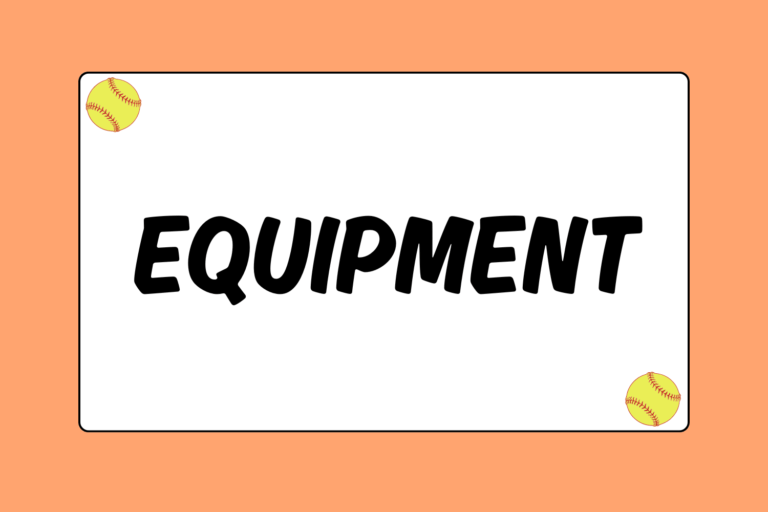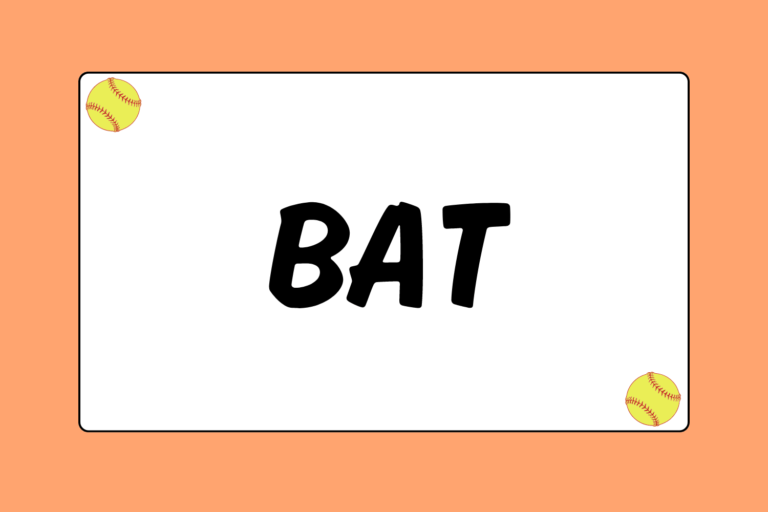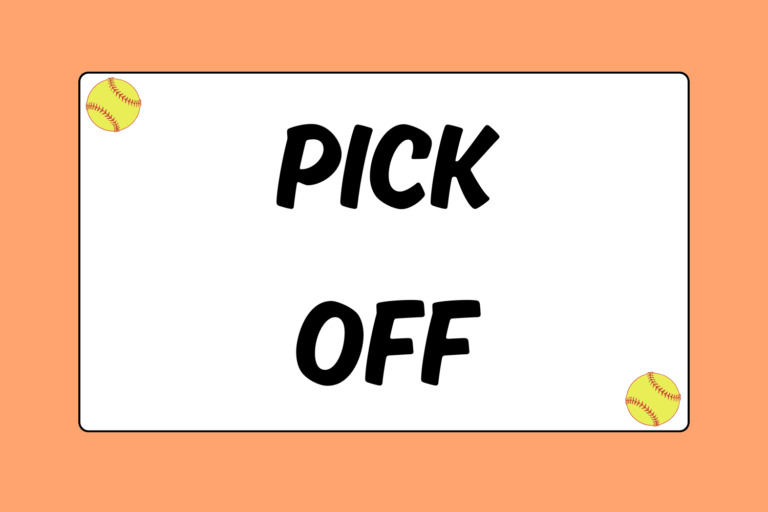In softball, there aren’t many pitches that can cause you as much frustration as a wicked rise ball. One second it looks like a down-the-middle pitch, and the next you’re whiffing under the ball. Rise balls can be hard to hit, but they are not impossible. This softball guide offers tips on how to hit the rise ball.
The Proper Set-up
For most cases, there are two places in the batter’s box you’ll want to be standing when you see a rise ball: In the front, or in the back. Between the two, there is no right or wrong choice; it’s all a matter of personal preference and strategy. However, it’s important to note that when it comes to a rise ball, there is no middle ground — front or back, you have to pick one.
In the Front
Any decent player knows a good rise ball does not start high or out of the zone, but rather rises immediately upon crossing over the plate. So if your strategy is to take away the rising aspect of the pitch, you should stand in the front of the box. By standing there, you are challenging the pitcher to trap you by making her pitch break before it crosses the plate.
However, if her pitch rises before crossing the plate (because if it breaks too early), it will cross the plate as a ball and the joke will be on her. On the other hand, if her rise ball breaks right over the plate, you’ll be able to attack the pitch before it even starts to rise — giving you a perfect down-the-middle pitch.
Mental Edge
If a pitcher you’re facing has a rise ball, you should know ahead of time. And if there’s any uncertainty about it, make sure someone keeps an eye on her during her warm-up. It’s always better to know if she has a rise ball before the first pitch.”**
In the Back
The second place you can stand is at the very back of the box. Standing here, the umpire will often use the pitch’s height at the moment it crosses your body to determine whether it’s a ball or strike.
In most cases, standing in the back of the box can challenges the pitcher to keep her rise ball perfect. If it rises even an inch above the strike zone before it crosses you, the umpire will likely call the pitch a ball. As a result, you can expect one of two outcomes:
- The pitch will break too much and will be called as a ball.
- The pitch will be high, and you can set up your hands up for it so you’re ready to swing on a linear plane or downward.
The Right Swing
Knowing where to set up in the box is the first step to being able to hit a rise ball. The second (and final) step is to have the right swing. Regardless of where you stand in the box, there are two things you should do to prevent a pop-up: Keep your hands high, and swing on either a linear or downward plane.
Keep Your Hands High
The key to hitting the rise ball is quite simple: Keep your hands high. Pitchers put a certain spin on the ball that causes it to rise out of the zone, so even swinging level may cause you to whiff under it. By keeping your hands high and swinging linear, but on a higher plane that you normally would, you will be able to make solid contact. If you’ve ever watched a collegiate or professional player face a rise ball, you’ll notice they never drop their hands. And as obvious as it may be, never drop your back shoulder when you swing at a rise ball!
Hot Tip: Practice Often
The rise ball is perhaps the most difficult pitch to hit. Even if you can properly anticipate it, you won’t fare well if you don’t know how to hit it. Practice can solve this dilemma.
Set up a tee or have a partner throw you side toss to practice hitting a rise ball. If you are using a tee, set it up high, even over exaggerating. If your partner is giving you side toss, make sure you swing before it starts to drop. Then practice both types of swings — the linear and the downward. None of your hits should ever pop up. The only movement they should have is a linear path or a downward chop. Remember to start with your hands high — and keep them high!
Keep Your Swing Linear or Downward
As mentioned before, you have to keep your hands high to hit the rise ball. However, that doesn’t mean your next move is an upward swing. In fact, if you tried to swing upward, you would almost certainly hit a pop up because the only thing your hit would do is add more upward spin on the ball! Instead, you need to keep your swing linear, though will need to start higher and remain on a higher (but still linear) plane.
As an alternative, you can also try to simply swing downward on the ball. By over exaggerating a downward swing (still starting with your hands higher than normal), you should be able to chop down on the ball, eliminating its upward spin. It’s crucial to remember that if you don’t keep your hands high — if you start them at your normal position — swinging downward will likely cause you to swing under the ball and miss it altogether.
Challenge the Pitcher
The key to being a successful hitter is being able to hit any pitch the pitcher throws at you. If you can recognize the spin on the ball early, you’ll know what pitch to expect — you just have to be ready for it! Keep these tips in mind and always remember that when it comes to a rise ball, there is only one winner … let it be you!





